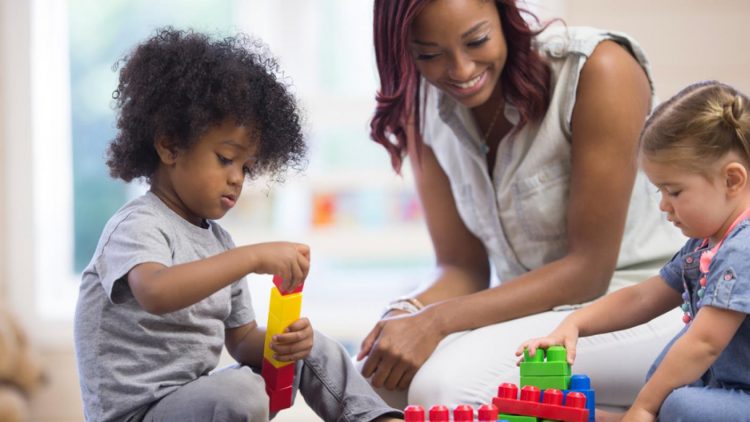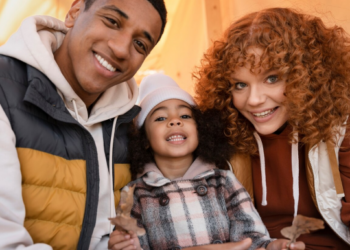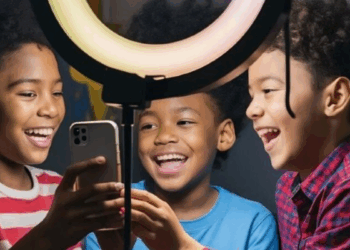Talking to your children about race is important more now so than ever. Yet, when is too early to start? Well, according to the experts, you should have the talk even with your toddlers because it is important, especially in today’s climate, there is no luxury of choice.
“White parents must take the lead from parents of color, who begin speaking to their children about the realities of race from toddlerhood,” trauma counselor Ilyse Kennedy, LPC, LMFT, tells Romper in a recent interview.
Although for some, this may feel uncomfortable and you may not think that they will understand, press on because toddlers are not “too young” and your discomfort has nothing really to do with them.
“Usually discomfort has more to do with our own issues around race that we learned from growing up and has less to do with any difficulty that children have in talking about it,” says Lacey Fisher, LPC, a registered play therapist in the same interview. The alternative to silence is worse than pushing through being uncomfortable. “Silence about racism has a far more negative impact on children and communities,” Fisher stated.
Remember, toddlers are at the age where they do indeed notice that someone has a different skin color than they do.
“Babies begin to discriminate and show preferences for features that [are] familiar beginning at 6 months,” licensed psychologist Han Ren, Ph.D., tells Romper via email. “Knowing this, there is never too young of an age to surround your child with diversity in toys and books.” Fisher agrees with Dr. Ren. “Multiple studies document the ways that young children take notice of racial differences and note that, as early as preschool, children may begin excluding their peers of different races from play and other activities.”
Just how do you begin the conversation? Well, here are four ways, according to the experts, to start the conversation.
1. Stay neutral in response to their observations The way that parents respond to their children’s observations can shape how they see race. There is nothing wrong with acknowledging that, “Susie has white skin.” According to Caryn Park, a professor at Antioch University in Seattle who researches children’s understanding of race and ethnicity, “It’s not racist to notice someone’s race.” She told National Geographic in an interview that, “An unwillingness to acknowledge her/[his] observation might send the wrong message to the child.”
2. Allow your children to ask & answer questions If you have a toddler, more than not, you hear “why?” at least a dozen times or more a day. In terms of asking “why” in regards to race, embrace inquiries and according to Fisher, “if children are asking questions, it means they are curious and looking for answers. [Yet,] if you notice your child making stereotypical assumptions about their race or another’s race, you can respond with non-judgmental and open-ended questions like, ‘Why do you think that? What makes you say that?'”
3. Use Resources “There are really great kids books on the topic [of race], says Dr. Smerling, who advises parents to “choose books that present differences in a respectful manner.” Some books that are a part of Dr. Ren’s repertoire are The Skin You Live In by Michael Tyler and the Sesame Street book, We’re Different, We’re The Same by Bobbi Kates.
4. Teach By Example Perhaps one of the most important tips on the list is to teach by example. Remember, “Kids are also learning by watching you,” says Dr. Ren. “Who you choose to spend time with, the types of cuisines you eat, the music you listen to, the races of toys kept in the home…these are all other opportunities to celebrate multiculturalism.”







